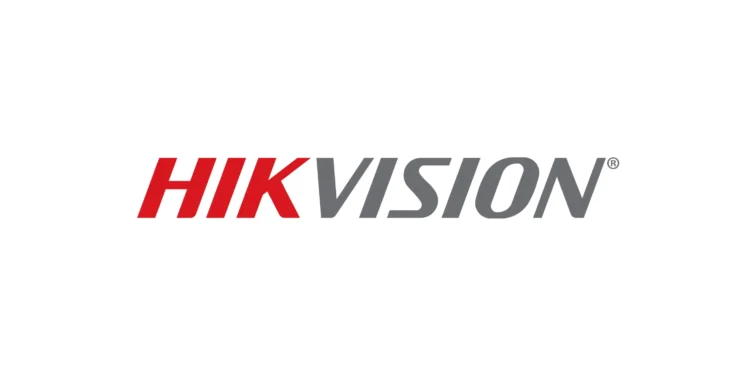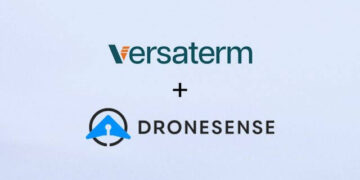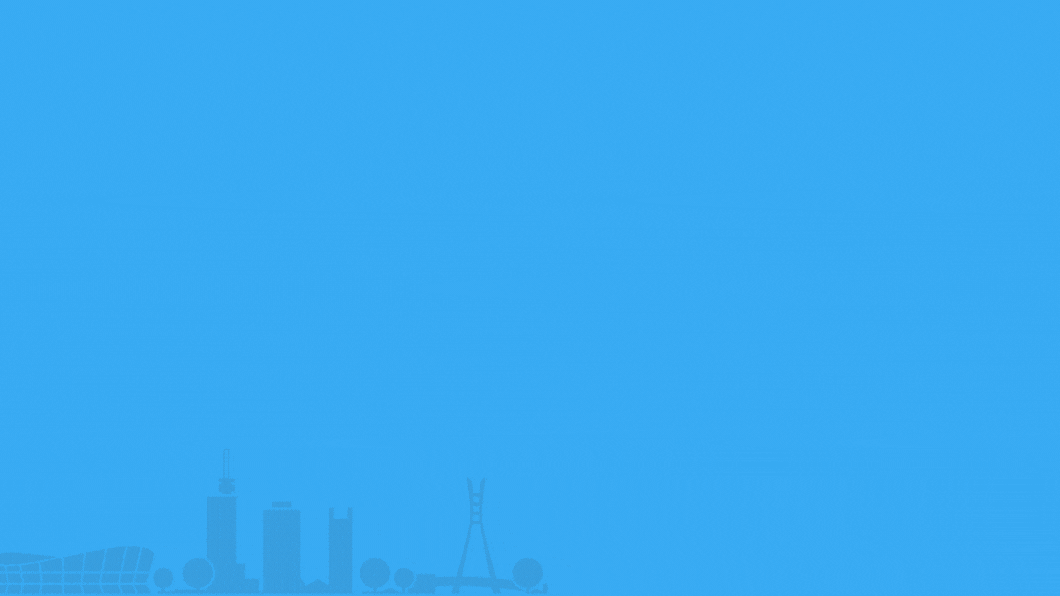Hikvision used its September 25 launch event to showcase a new perimeter protection solution, part of its push to highlight advanced surveillance technologies. The company promoted the system as an “intelligent perimeter protection” tool, though full technical details were not made public. The event comes at a sensitive time: in June, Ottawa ordered Hikvision to shut down its Canadian operations on national security grounds, a decision the firm is now contesting in court.

Surveillance meets Canadian policy debates
The timing underscores Canada’s wider security conversation. Critical infrastructure, from airports to energy plants, faces pressure to upgrade physical defences alongside cyber protections. Surveillance technology has become a key part of that equation. AI-enhanced systems are increasingly deployed in cities worldwide, prompting questions over privacy safeguards and regulatory oversight.
Canada is moving towards stronger frameworks on artificial intelligence and data handling. The proposed Artificial Intelligence and Data Act, part of the federal government’s Digital Charter Implementation Act, aims to set rules for the design and use of high-impact AI systems. However, how such rules will apply to surveillance technology—particularly tools developed by foreign firms—remains uncertain. Hikvision’s launch therefore lands squarely in this policy crossroads.
What Hikvision is pitching
Hikvision has positioned its perimeter protection systems in the past as using AI-driven analytics to help reduce false alarms and improve monitoring efficiency. Industry benchmarks suggest these solutions can differentiate between vehicles, humans, and environmental factors, a common claim across the sector. At the September event, Hikvision promoted its new package as part of a broader portfolio that can integrate with access control and video management platforms.
Hikvision is not alone in this space. Competitors like Axis Communications and Dahua have also pushed AI-powered perimeter solutions, aiming at the same global market for critical infrastructure and urban security. Hikvision’s advantage lies in its global scale and distribution channels, which have helped it secure one of the largest shares of the surveillance market.
Canada’s security balancing act
For Canadian operators, the potential use cases are clear: transport hubs, utilities, and logistics facilities stand to benefit from systems that claim to improve reliability and cut costs. Public venues and government buildings are also likely candidates.
But adoption faces headwinds. Ottawa’s June order cited risks to national security, reflecting broader concerns in Western countries about reliance on Chinese-owned surveillance firms. In Canada, privacy commissioners have consistently raised the importance of transparency in AI monitoring tools, even if not specifically tied to Hikvision. These overlapping concerns highlight the friction between adopting cutting-edge systems and safeguarding civil liberties.
What comes next
The launch underlines how surveillance technology firms continue to see Canada as a growth market, despite regulatory challenges. Demand exists: cities, airports, and utilities are under pressure to reinforce physical security.
Whether Hikvision’s solution gains traction will depend on the outcome of its legal challenge against Ottawa’s shutdown order, and on how policymakers define rules for AI surveillance under the Artificial Intelligence and Data Act. For Canada, the next few years will test how well the country can balance innovation in security technology with protecting individual rights. That balance will decide whether launches like Hikvision’s remain headline events or evolve into practical deployments.












